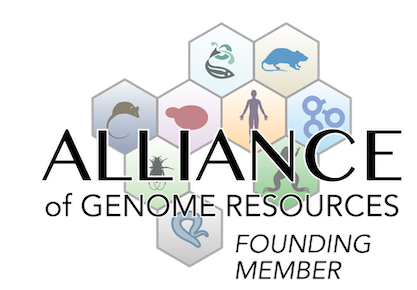behavior/neurological
cardiovascular system
|
• embryos with enlarged ventricular chambers show thickened ventricular septa
|
|
• 1 of 5 embryos show reduced ventricular chamber volume indicating a hypertrophic cardiomyocyte-like phenotype
|
|
• embryos exhibit both enlarged and reduced heart ventricular chambers; 3 of 5 embryos show enlarged volume of chambers (dilated cardiomyopathy-like phenotype) and 1 of 5 embryos show reduced volume of chambers (hypertrophic cardiomyopathy-like phenotype)
|
|
• two mice show a ventricular septal defect characterized by a discontinuous gap in the ventricular septum
|
|
• embryos with enlarged ventricular chambers show thickened ventricular walls
|
|
• some embryos show thinning of the ventricular wall
|
|
• some embryos exhibit enlarged heart ventricular chambers
• mice with the ventricular septal defect show enlarged ventricular chambers
|
|
• 3 of 5 embryos show enlarged ventricular chamber volume indicating a dilated cardiomyopathy-like phenotype
• embryos with enlarged ventricular chambers show thickened ventricular walls and septa, characteristic of dilated cardiomyopathy
|
craniofacial
round head
(
J:367537
)
|
• 1 of 15 mice show a round head consistent with hydrocephalus
|
growth/size/body
|
• 1 of 5 embryos show reduced ventricular chamber volume indicating a hypertrophic cardiomyocyte-like phenotype
|
round head
(
J:367537
)
|
• 1 of 15 mice show a round head consistent with hydrocephalus
|
muscle
|
• 3 of 5 embryos show enlarged ventricular chamber volume indicating a dilated cardiomyopathy-like phenotype
• embryos with enlarged ventricular chambers show thickened ventricular walls and septa, characteristic of dilated cardiomyopathy
|
nervous system
|
• brain shows reduced lateral ventricle size at E18.5
|
vision/eye
|
• 13 of 14 mice show unilateral microphthalmia
|
|
• mice exhibit high penetrance of unfused eyelids
|
Mouse Models of Human Disease |
DO ID | OMIM ID(s) | Ref(s) | |
| CHARGE syndrome | DOID:0050834 |
OMIM:214800 |
J:367537 | |



 Analysis Tools
Analysis Tools